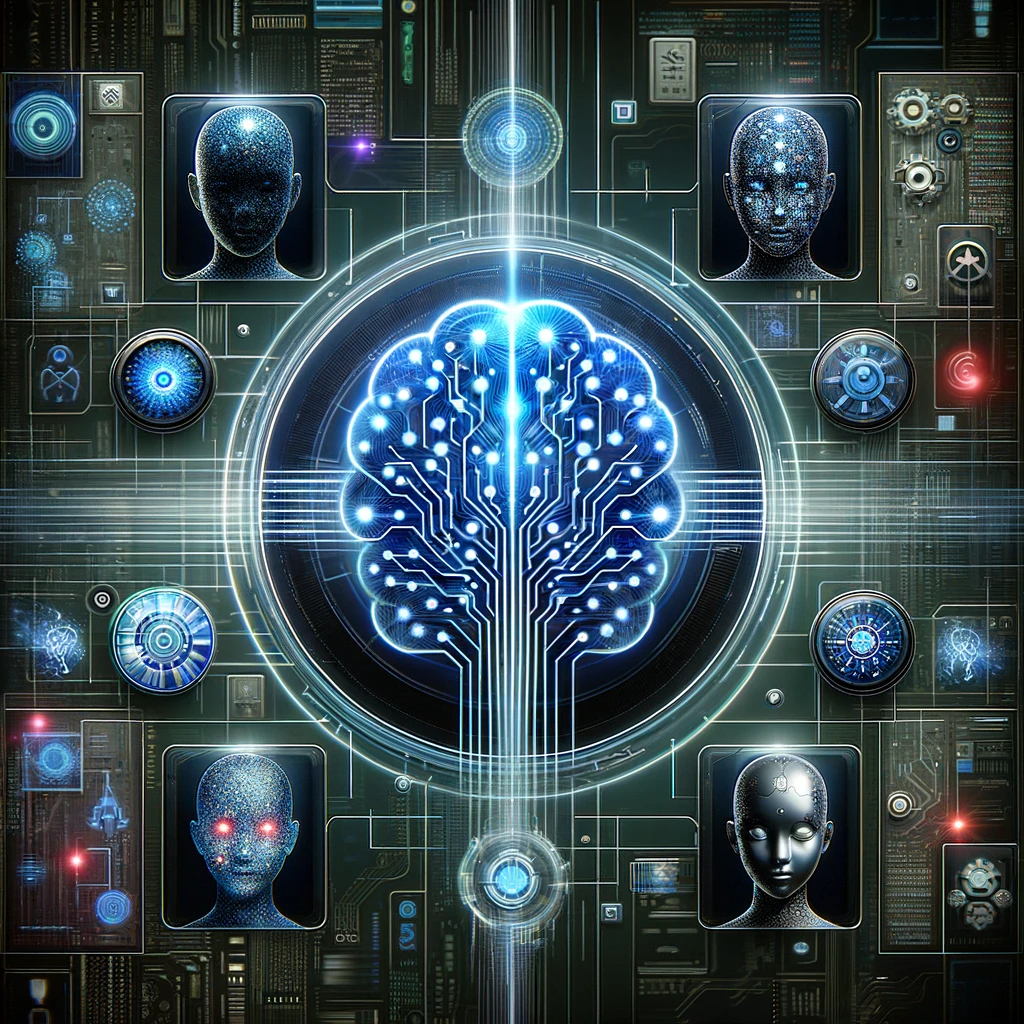5 Best Large Language Model in 2025
In 2025, the world of artificial intelligence has been notably shaped by the emergence and evolution of Large Language Models (LLMs). These sophisticated AI systems, trained on vast datasets of text, possess the remarkable ability to understand, interpret, and generate human-like language. Far from being mere technological curiosities, LLMs have become integral in various applications, from enhancing communication to driving innovation in fields like education, business, and more. This blog delves into the 5 Best Large Language Model that have not only defined but also transformed the landscape of AI linguistics in 2025, showcasing their capabilities and the immense potential they hold.
5 Best Large Language Model in 2025
- Bing Chat
- Bard
- Bert
- GPT-4
- Lamda
1. Bing Chat
- Overview: Developed by Microsoft, known for integrating web search with conversational capabilities.
- Performance Metrics: Efficient in fetching and relaying web-based information within conversations.
- 2025 Updates: Potential enhancements in search integration and conversational context handling.
- Use-cases: Web search, information queries, customer service.
- Pros and Cons: Excellent for information retrieval; may face challenges in understanding nuanced queries.
2. Bard
- Overview: Google’s LLM, noted for its integration with search and other Google services.
- Performance Metrics: Effective in contextual understanding and integrating with Google’s ecosystem.
- 2025 Updates: Likely advancements in search accuracy and user interaction.
- Use-cases: Web search, content generation, educational purposes.
- Pros and Cons: Strong in search-related tasks; integration with other services needs refinement.
3. Bert
- Overview: Known for its role in improving Google’s search algorithm.
- Performance Metrics: Highly efficient in understanding search intent and context.
- 2025 Updates: Enhancements in natural language understanding and search relevance.
- Use-cases: SEO, content optimization, language understanding tasks.
- Pros and Cons: Excellent for SEO; limited direct application for end-users.
4. GPT-4
- Overview: An advanced iteration by OpenAI, known for its broad range of capabilities.
- Performance Metrics: High proficiency in language understanding and generation tasks.
- 2025 Updates: Improvements in accuracy, context handling, and ethical responses.
- Use-cases: Content creation, coding assistance, language translation.
- Pros and Cons: Versatile and powerful; challenges in handling biased data.
5. Lamda
- Overview: Google’s LLM focusing on conversational AI.
- Performance Metrics: Specializes in generating human-like conversational responses.
- 2025 Updates: Likely advancements in conversational depth and context awareness.
- Use-cases: Chatbots, virtual assistants, interactive storytelling.
- Pros and Cons: Strong in natural conversation; ethical considerations in implementation.
The Rise of Large Language Models
The journey of Large Language Models (LLMs) is a testament to the remarkable strides in AI. Originating from simple rule-based systems, these models have evolved dramatically. The turning point was the advent of machine learning and neural networks, which enabled LLMs to learn from vast amounts of data, making them increasingly sophisticated and effective. As we progressed into the 2020s, LLMs like GPT-3 and BERT became household names in tech, showcasing their ability to generate coherent and contextually relevant text, translate languages, and even write creative content. Their significance in AI is profound, impacting fields from customer service to content creation, making them indispensable in today’s technology-driven landscape.
Top 5 Criteria for Evaluating LLMs
When evaluating Large Language Models (LLMs), several key criteria are crucial:
- Accuracy and Reliability: The model’s ability to generate correct and contextually relevant responses. Accuracy is essential for trust and effectiveness in applications like translation and content creation.
- Adaptability and Flexibility: How well the LLM adapts to different languages, contexts, and tasks. A versatile model can be applied across various domains and user needs.
- Speed and Efficiency: The response time and computational efficiency of the model, which are critical for real-time applications.
- Ethical Considerations: This includes the model’s approach to bias, fairness, and privacy. Ethically sound models are vital for responsible AI deployment.
- Scalability and Integration: The ability of the LLM to scale according to usage demands and integrate seamlessly with existing systems and technologies.
The Impact of LLMs in Various Industries
Large Language Models (LLMs) are transforming multiple industries:
- Education: Enhancing personalized learning experiences, aiding in language learning and tutoring.
- Business: Automating customer service, generating reports, and assisting in data analysis.
- Technology: Driving advancements in natural language processing and machine learning.
- Healthcare: Assisting in medical documentation and research analysis.
- Legal: Analyzing legal documents and aiding in legal research.
- Entertainment: Creating content for games, books, and scripts.
These transformations highlight LLMs’ versatility and their profound impact across various sectors.
Ethical Considerations and Future Outlook
Ethical considerations surrounding LLMs include concerns about bias, privacy, and the potential misuse of generated content. Ensuring that these models are developed and used responsibly is crucial. Looking ahead, the future of LLMs is poised for further advancements, with potential in creating more nuanced and context-aware systems, improving cross-language capabilities, and exploring more ethical and fair AI practices. The ongoing development in this field promises to expand the boundaries of what AI can achieve in understanding and generating human language.
Conclusion: The Dawn of a New Era in AI
The exploration of these Large Language Models reveals the remarkable depth and breadth of advancements in AI and technology. From enhancing web searches to revolutionizing conversational interfaces, LLMs are not just tools but catalysts for change, pushing the boundaries of what machines understand and how they interact with us. Their impact is profound and far-reaching, heralding a new era in AI-driven communication and information processing.
Explore AI Trends in Digital Marketing in 2025
Join the AI Linguistic Revolution!
Your Voice Matters in the AI Journey
We invite you to dive deeper into the world of LLMs. Share your experiences, thoughts, or queries about these models in the comments. Let’s engage in a meaningful discussion about the future these AI giants are shaping. Your insights are invaluable – together, we can navigate and understand this ever-evolving landscape of AI linguistics.




